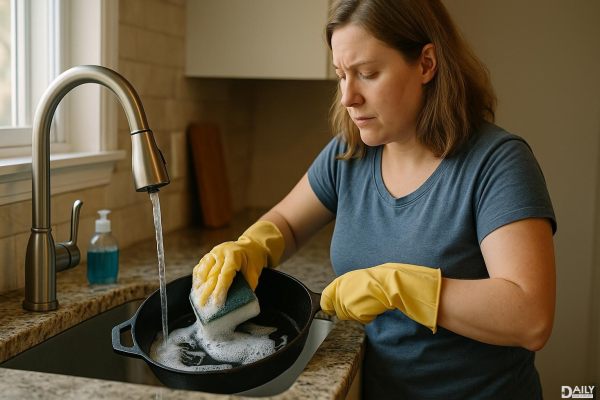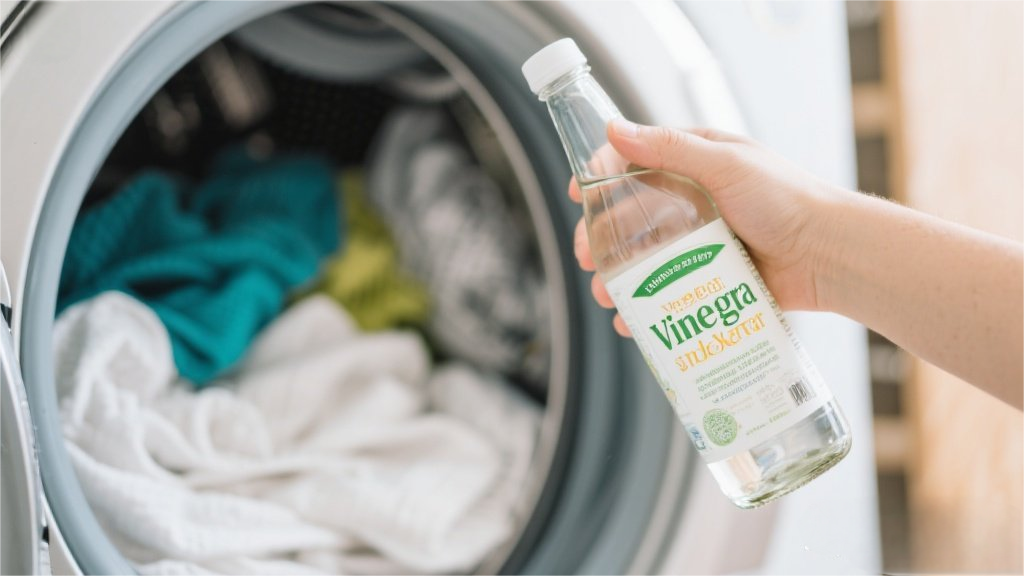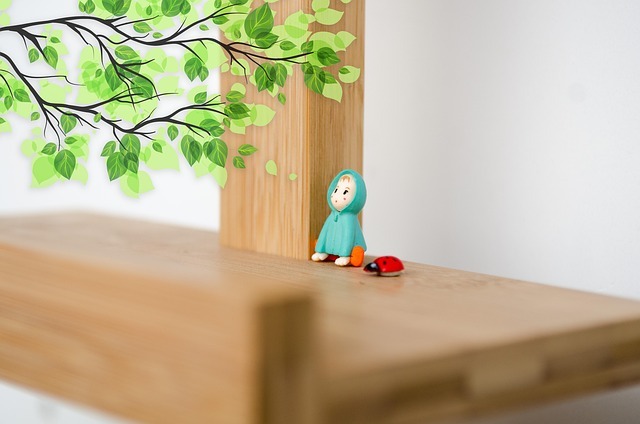Yes, you can wash cast iron with soap—contrary to the old-school myth that it’s a cardinal sin. The idea that soap ruins cast iron is rooted in history, but modern soaps are much gentler and won’t strip away your skillet’s hard-earned seasoning. The key is to use a mild soap, avoid scrubbing too aggressively, and always dry and oil your pan afterward. Let’s dive into the nitty-gritty of how to care for your cast iron without losing your mind—or your seasoning.

Back in the day, soap was made with lye, a harsh chemical that could indeed eat away at the seasoning on cast iron pans. Seasoning is that slick, non-stick layer that forms when oil polymerizes on the surface of the pan. Old-timers warned against using soap because lye-based soaps could strip this layer, leaving your pan vulnerable to rust and sticking. But here’s the kicker: most modern dish soaps don’t contain lye. They’re formulated to be gentle on dishes—and yes, that includes your beloved cast iron.
Using a mild dish soap, like Dawn or a similar brand, won’t harm your cast iron. These soaps are designed to cut through grease without being overly abrasive. The trick is to use just a drop or two and avoid soaking the pan for long periods. A quick scrub with a soft sponge or brush is all you need to remove food residue. If you’re dealing with stubborn bits, a little kosher salt can act as a gentle abrasive without damaging the seasoning.
Here’s the step-by-step lowdown on washing your cast iron like a pro: First, rinse the pan with warm water to remove loose food particles. Add a drop of mild soap and gently scrub with a soft sponge or brush. Avoid using steel wool or harsh scrubbers—they can scratch the surface and damage the seasoning. Rinse thoroughly to remove all soap residue, then dry the pan immediately with a towel. Finally, apply a thin layer of oil (like vegetable oil or flaxseed oil) to keep the seasoning intact and prevent rust.
If you’ve got a pan with crusty, stuck-on food, don’t panic. Start by scraping off as much as you can with a spatula or wooden spoon. Then, sprinkle some kosher salt over the affected area and scrub gently with a sponge or brush. The salt acts as a mild abrasive to lift the gunk without damaging the pan. Rinse, dry, and oil as usual. For really tough situations, you can boil a little water in the pan to loosen the debris, but avoid letting it soak for too long.
After washing, drying your cast iron is crucial. Water is the enemy of cast iron—it can lead to rust if left sitting. Use a clean towel to dry the pan thoroughly, or place it on a stovetop over low heat to evaporate any remaining moisture. Once it’s dry, apply a thin layer of oil to the entire surface, inside and out. This helps maintain the seasoning and keeps the pan in tip-top shape. Wipe off any excess oil with a paper towel to avoid a sticky residue.
One of the biggest mistakes people make with cast iron is over-cleaning. You don’t need to scrub it like you’re prepping for surgery. A gentle wash is all it takes. Another no-no is using harsh cleaning tools like steel wool or abrasive cleaners. These can strip the seasoning and leave your pan vulnerable. Also, avoid soaking your cast iron for long periods—it can lead to rust and weaken the seasoning. Finally, don’t skip the oiling step. It’s the secret to keeping your pan non-stick and rust-free.
Even with proper care, your cast iron may need re-seasoning from time to time. If your pan starts to look dull, feels sticky, or food begins to stick, it’s time to re-season. To do this, preheat your oven to 350°F. Apply a thin layer of oil to the entire pan, inside and out, then wipe off any excess. Place the pan upside down in the oven and bake for an hour. Let it cool in the oven before removing. This process helps restore the seasoning and keeps your pan in prime condition.
Sure, cast iron requires a bit more TLC than your average non-stick pan, but it’s worth it. A well-seasoned cast iron skillet is incredibly versatile—it can go from stovetop to oven, sear a steak, bake cornbread, and even fry eggs with ease. Plus, with proper care, it can last a lifetime (or longer). So, don’t be afraid to use soap when needed. Just remember to treat your cast iron with respect, and it’ll reward you with years of delicious meals.
At the end of the day, washing cast iron with soap isn’t the taboo it’s made out to be. Modern soaps are gentle enough to clean your pan without damaging the seasoning. The real key is to avoid harsh cleaning methods, dry your pan thoroughly, and keep it well-oiled. With these tips, you can keep your cast iron in top shape and enjoy all the culinary possibilities it offers. So go ahead—wash that pan and cook up something amazing!
























